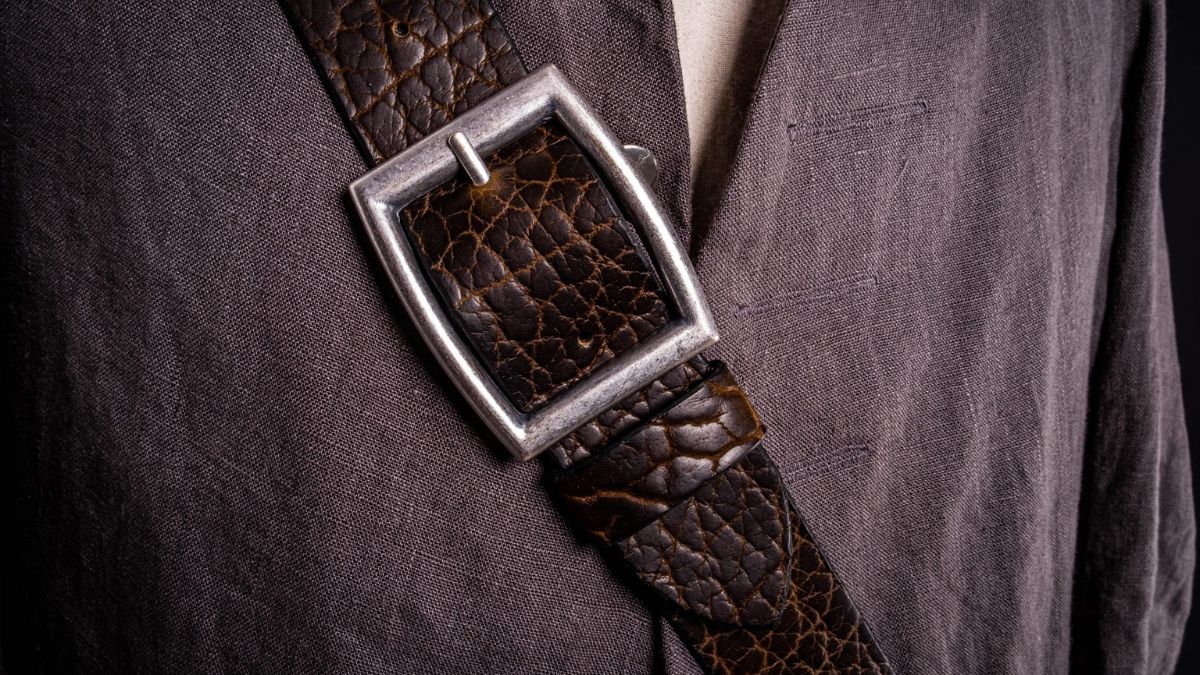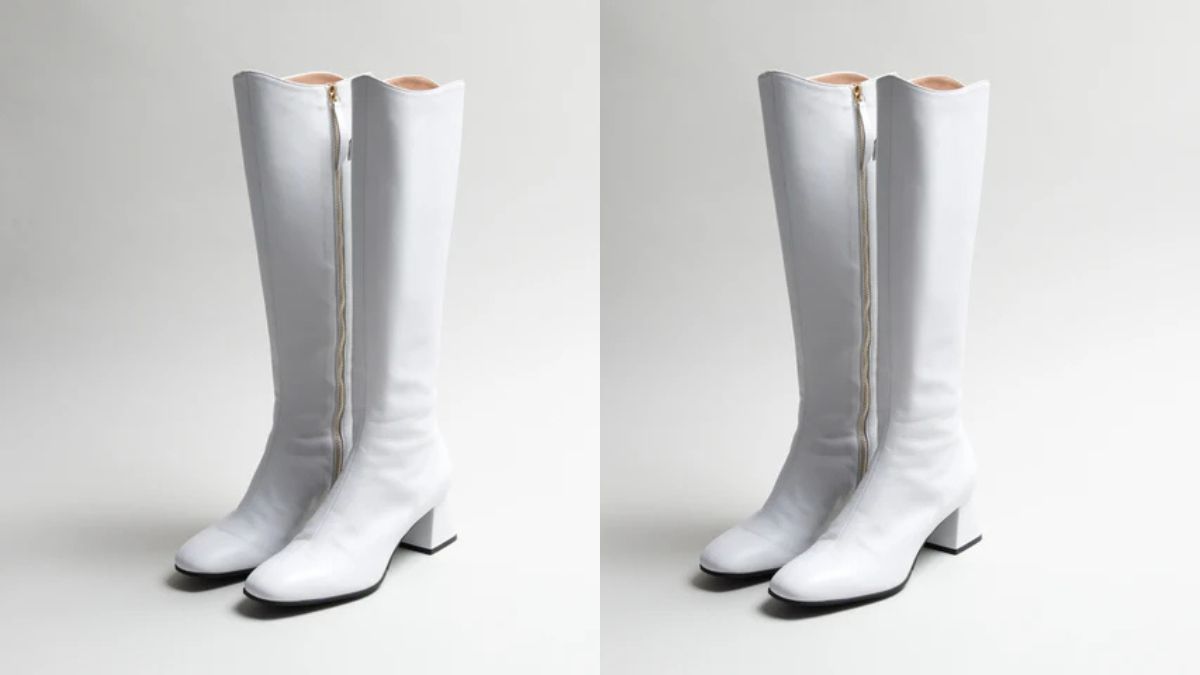The baldrics have a fascinating allure that transcends time and culture. Once considered a practical accessory for warriors and nobility, this elegant strap has evolved into a symbol of style and identity. Whether slung over the shoulder or cinched at the waist, the baldric not only serves functional purposes but also tells stories of heritage, craftsmanship, and personal expression.
In today’s fashion landscape, where vintage meets modernity, understanding how to wear a baldric can elevate your look while paying tribute to its rich history. Let’s delve deeper into what makes this timeless piece so captivating—exploring its origins, styles, cultural significance across regions, proper wearing techniques, and contemporary interpretations. Embrace the art of wearing a baldric!
History and Origins of the Baldric
The baldric has a rich history that dates back to ancient times. Originally, this strap was used by warriors to carry their swords or other weapons across the body. It provided both functionality and style in battle.
During the medieval period, its design evolved significantly. The baldric became not just practical but also ornate, often decorated with intricate patterns and symbols representing rank or allegiance. Knights wore them proudly as part of their armor.
As societies transitioned through various eras, the baldric maintained its relevance. In many cultures, it transformed into a fashion statement rather than merely a utilitarian accessory.
Different materials were employed over time—leather for durability and silk for elegance—highlighting the versatility of this item throughout history. This timeless piece continues to inspire modern designs while celebrating its storied past.
Different Styles of Baldric and Their Uses
Baldric styles vary widely, each serving distinct purposes. The most traditional is the military baldric, often adorned with decorative elements signaling rank and unit. Worn diagonally across the chest, it securely holds a sword or weapon.
Another popular variant is the ceremonial baldric. These are commonly seen in parades and formal events. They feature intricate embroidery or embellishments that reflect cultural heritage.
In contrast, modern fashion baldrics have emerged as stylish accessories. Designers incorporate vibrant colors and materials to create trendy looks for casual wear. This transformation has made baldrics versatile beyond their historical roles.
For musicians, a specialized baldric can be used to carry instruments such as drums or horns comfortably during performances. Each style not only enhances functionality but also adds character to an outfit or uniform while connecting wearers to history and tradition.
Cultural Significance of the Baldric Across Different Regions
The baldric has woven itself into the fabric of various cultures, serving more than just a utilitarian purpose. In medieval Europe, it symbolized status and valor among knights. A decorated baldric often indicated rank or allegiance to certain lords.
In Asia, particularly within Japanese culture, the baldric plays an essential role in traditional samurai attire. It signifies honor and is intricately tied to bushido—the way of the warrior.
Meanwhile, indigenous communities in South America have utilized baldrics for carrying tools or weapons while also incorporating intricate designs that showcase their cultural heritage.
These examples illustrate how this simple accessory transcends mere functionality. Instead, it embodies rich histories and deep-seated traditions that continue to resonate worldwide today. As styles evolve, so too does its significance across borders and generations.
How to Wear a Baldric Properly
Wearing a baldric can elevate your outfit and make a striking statement. To start, choose the right length for comfort. A properly fitted baldric should allow easy movement without restriction.
Position it diagonally across your body, from one shoulder to the opposite hip. This classic placement not only adds flair but also ensures that any attached items hang comfortably.
When attaching accessories like swords or pouches, balance is key. Distributing weight evenly will help you maintain an appealing silhouette while avoiding discomfort during wear.
Experiment with different materials and styles to find what suits you best. A leather baldric offers a rugged look, while fabric options provide versatility.
Don’t shy away from embellishments or unique buckles—they can transform a simple baldric into a show-stopping accessory that reflects your personal style.
Modern Interpretations and Fashion Trends
The baldric has found its way into contemporary fashion, transcending its historical roots. Designers are reimagining this accessory, incorporating it into streetwear and high-fashion collections alike.
Today’s baldrics can be seen in various materials, from luxurious leather to vibrant fabrics. They often feature intricate patterns or bold colors that make a statement. This versatility allows wearers to express individuality while embracing tradition.
Fashion influencers frequently showcase creative ways to style a baldric. Whether worn over the shoulder with a casual outfit or draped elegantly for formal events, the possibilities are endless.
Additionally, some modern interpretations include multifunctional designs that serve practical purposes—like carrying small bags or tools—while maintaining aesthetic appeal. The blend of functionality and style captures the essence of today’s wardrobe needs.
As the baldric continues to evolve, it remains an emblem of craftsmanship and cultural significance in fashion circles worldwide.
Conclusion: The Enduring Legacy of the Baldric
The baldric has a rich history that transcends time and culture. Its evolution from a functional accessory for carrying weapons and tools to an emblem of artistry and style showcases its versatility. Today, the baldric is not just a practical item; it’s also a statement piece in fashion.
Across various cultures, the baldric carries distinct meanings and significance. It symbolizes honor, status, or connection to heritage. The styles may differ—from decorative designs seen in traditional outfits to modern interpretations worn by fashion-forward individuals—but the essence remains intact.
As you explore different ways to wear this unique accessory, consider how it fits into your personal style while honoring its historical roots. With current trends leaning towards individuality and expression, integrating a baldric into your wardrobe can be both meaningful and stylish.
The legacy of the baldric endures as it continues to inspire creativity across generations. Whether you’re drawn by its historical relevance or fashionable appeal, embracing this timeless piece connects you with stories from ages past while allowing for contemporary self-expression today.







